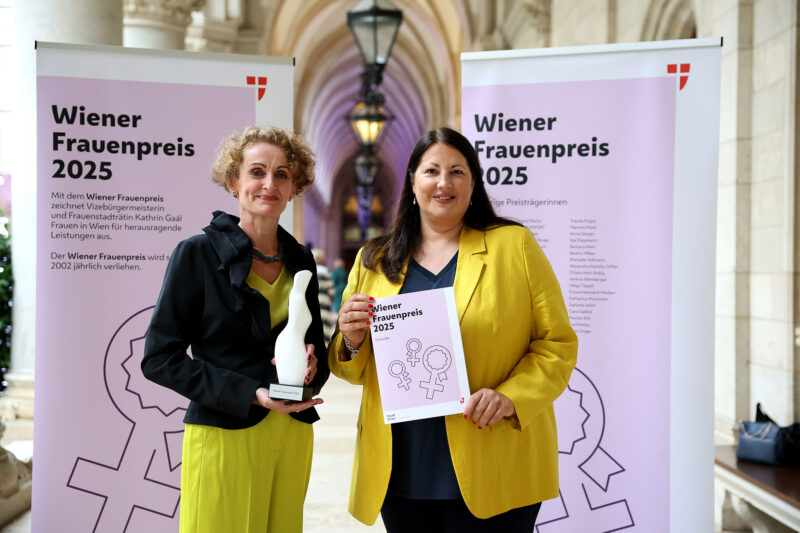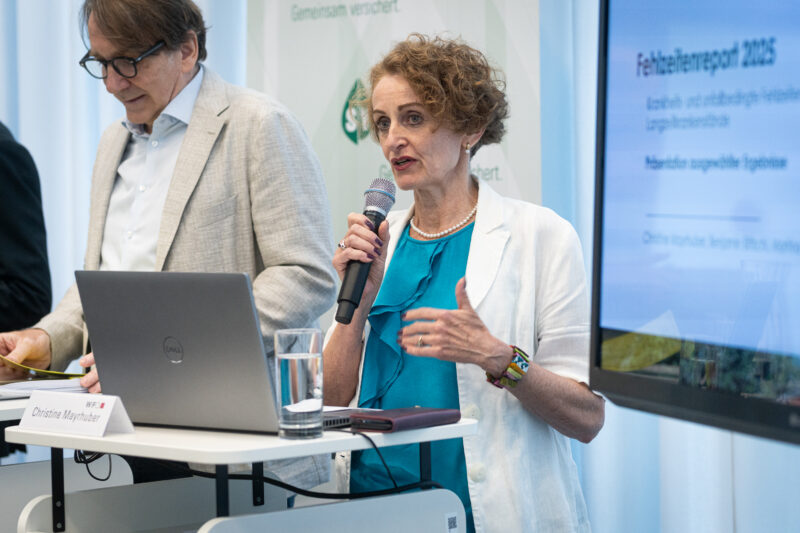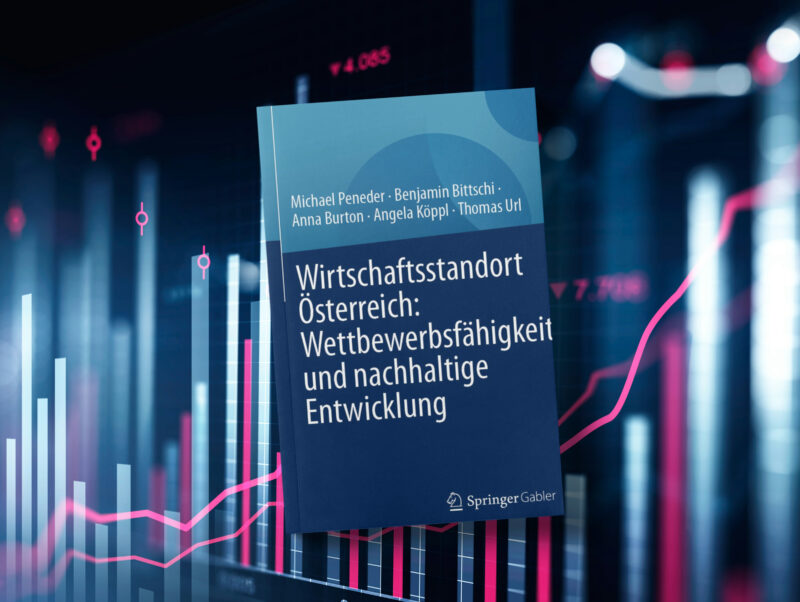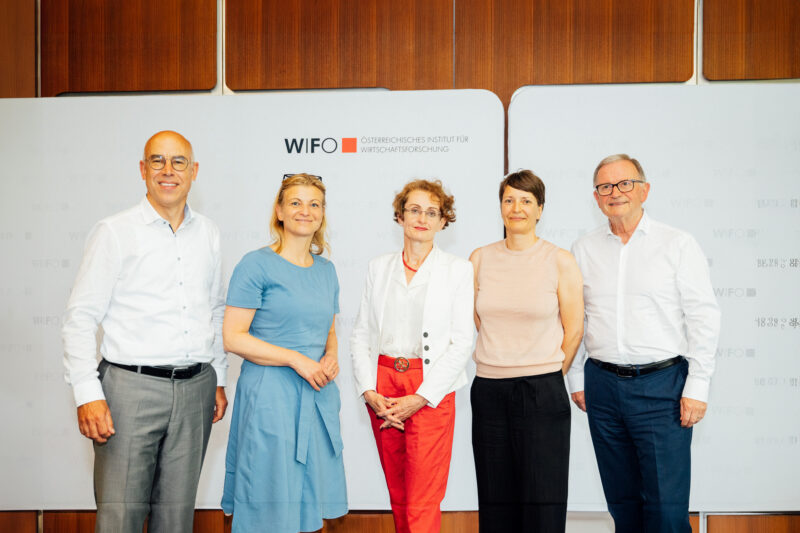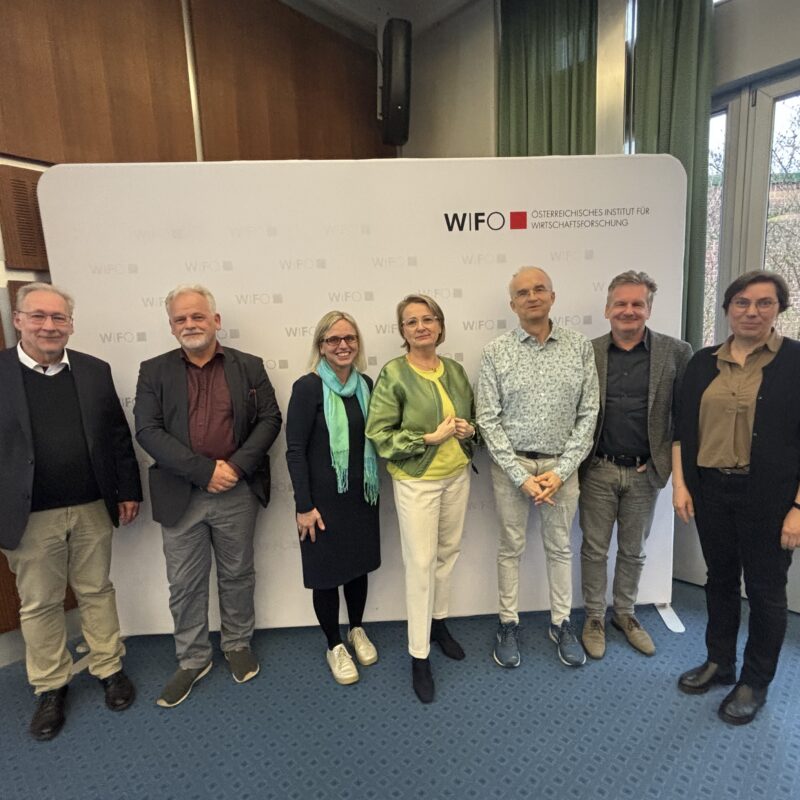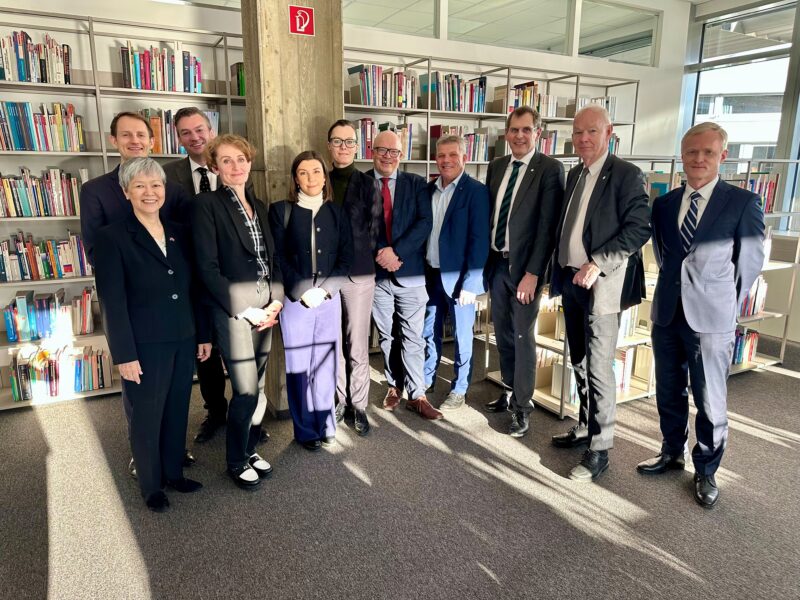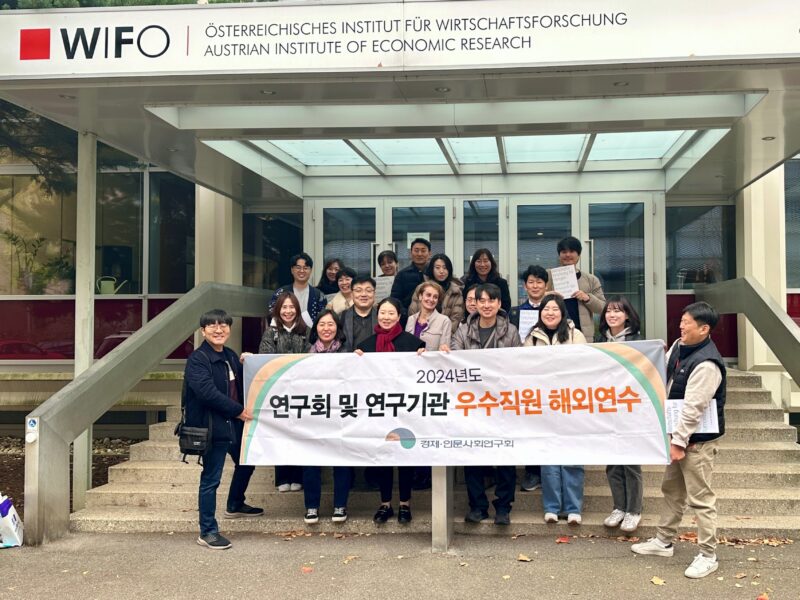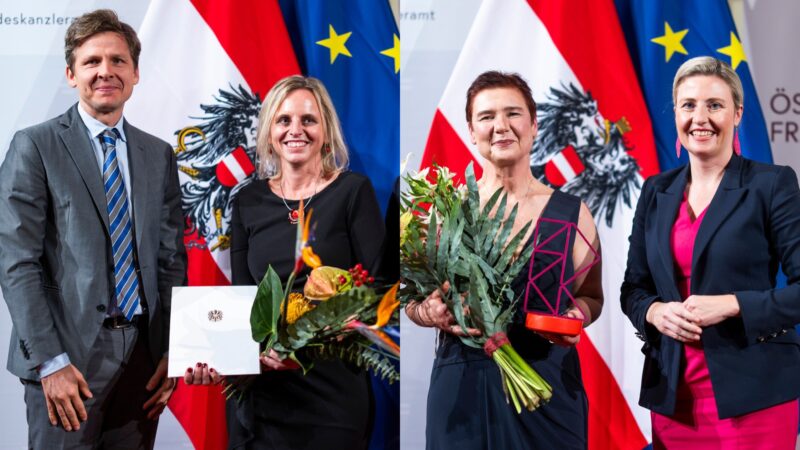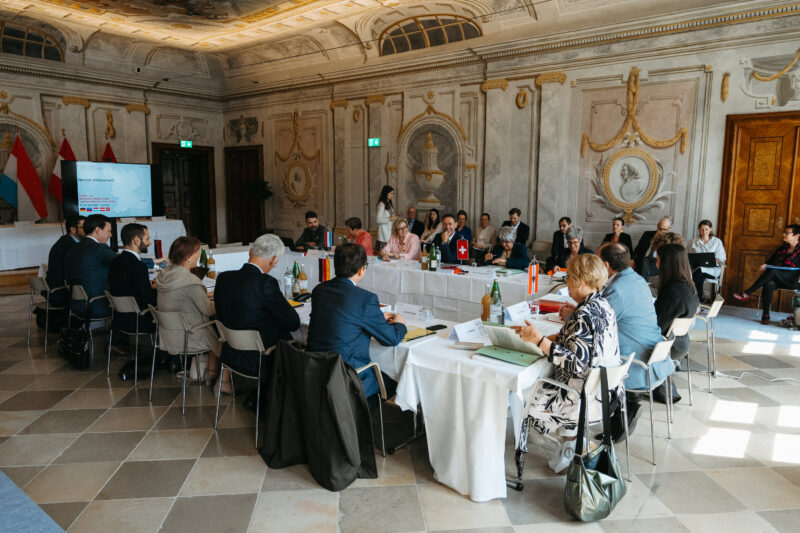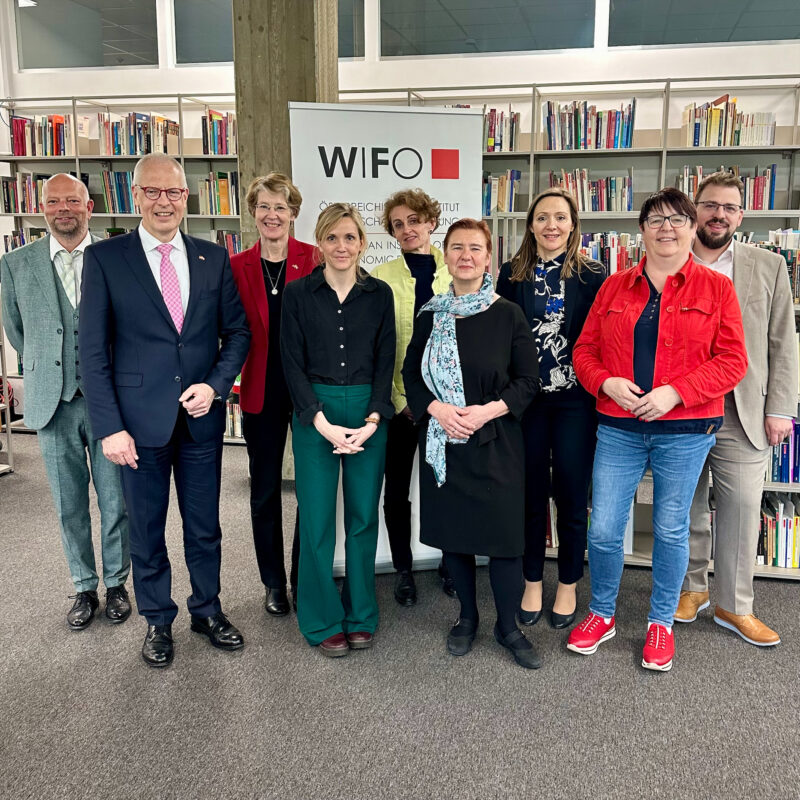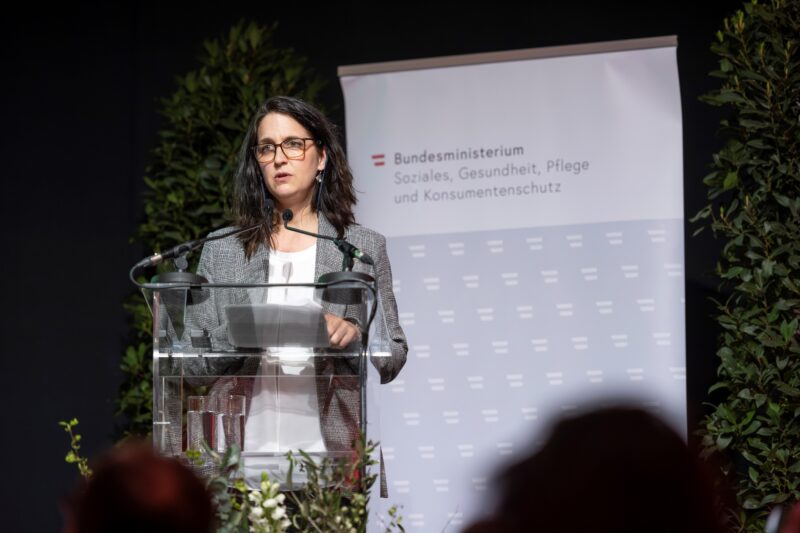
Activatable Labour Market Potentials and "Hidden Unemployment" in Austria
"In addition to the already declared jobseekers in unemployment, there is further potential in 'hidden unemployment' and among underemployed workers, primarily among part-time workers", Mahringer said. According to the WIFO study "Activatable Labour Market Potentials and 'hidden unemployment' in Austria", the use of these potentials is becoming increasingly important as the increase in labour supply is expected to slow down.
"Often, activating this potential can only be achieved by removing obstacles to employment, such as incompatibility with care responsibilities, a lack of skills, a lack of suitably designed jobs for persons with health impairments or poor language skills", Mahringer said.
Unused labour potential
Unused labour potential includes the unemployed, "hidden unemployment" and part-time employees who would like to work more. Persons in "hidden unemployment" say they want to work but are not actively looking for work. About a quarter could take up work immediately, the other three quarters only prospectively.
"Hidden unemployment" is a large part of the unused labour potential. "We are talking about up to 312,000 persons. In addition, there are 139,000 involuntary (underemployed) part-time workers, persons who would like to work more hours. Most of them would like to work more hours in their existing jobs, on average by eleven hours more", Mahringer said. There are more persons in "hidden unemployment" or involuntarily employed part-time (namely up to 450,000) than persons declared unemployed (221,000).
"Hidden unemployment"
Certain groups of persons are overrepresented among the" hidden unemployed": Women, persons with a migration background, persons with health restrictions and (former) blue-collar workers.
One third of the persons in "hidden unemployment" are discouraged: They do not believe there is a job that suits them. One in ten report health-related reasons. A quarter are in education or training. 15 percent of women are not looking for work because of care responsibilities.
Among young persons not in education, training or employment ("NEETs"), a quarter are not looking for work because of health-related reasons; a quarter of women report caring responsibilities. Men are more likely than women to be discouraged and are more likely to report other reasons (about one third).
"Hidden unemployment" is typically a transitional stage: Around three-quarters of those affected belong to this group for up to three months, and one-quarter for four months or longer.
Involuntary part-time workers (part-time underemployed)
Women and persons with an immigrant background more often work part-time involuntarily. Most of them say they cannot find a full-time job. A quarter of women cannot work full-time because of care responsibilities.
Simulation until 2040
By 2040, the number of full-time employees falls by 80,000 persons and the number of unemployed falls by 57,000 persons. The number of part-time employees increases by 175,000. The number of retirees in the population group aged up to 64 will decline by 206,000. On the other hand, 35 percent more persons are not working for health-related reasons. The number of persons who are only marginally employed or who are not in the labour force for other reasons is also expected to fall by 17,000 and 93,000, respectively.
Conclusions
Activating the potential of "hidden unemployed" or underemployed part-time workers can only be achieved by removing obstacles to employment, such as incompatibility with caring responsibilities, lack of skills, lack of suitably designed jobs for persons with health impairments or poor language skills.
The labour market integration of migrants is a growing challenge in Austria, partly because of their increasing share in the working age population and partly because of the increased need for cultural and linguistic integration due to the changing structure of national origins. There is a need for action here, especially with regard to the integration of women, who are particularly often inactive in this group. The rising proportion of younger persons in "hidden unemployed" is also likely to be related to the increasing need for integration.
Publications
- Stefan Angel
- Benjamin Bittschi
- Thomas Horvath
- Marion Kogler
- Helmut Mahringer
Please contact







